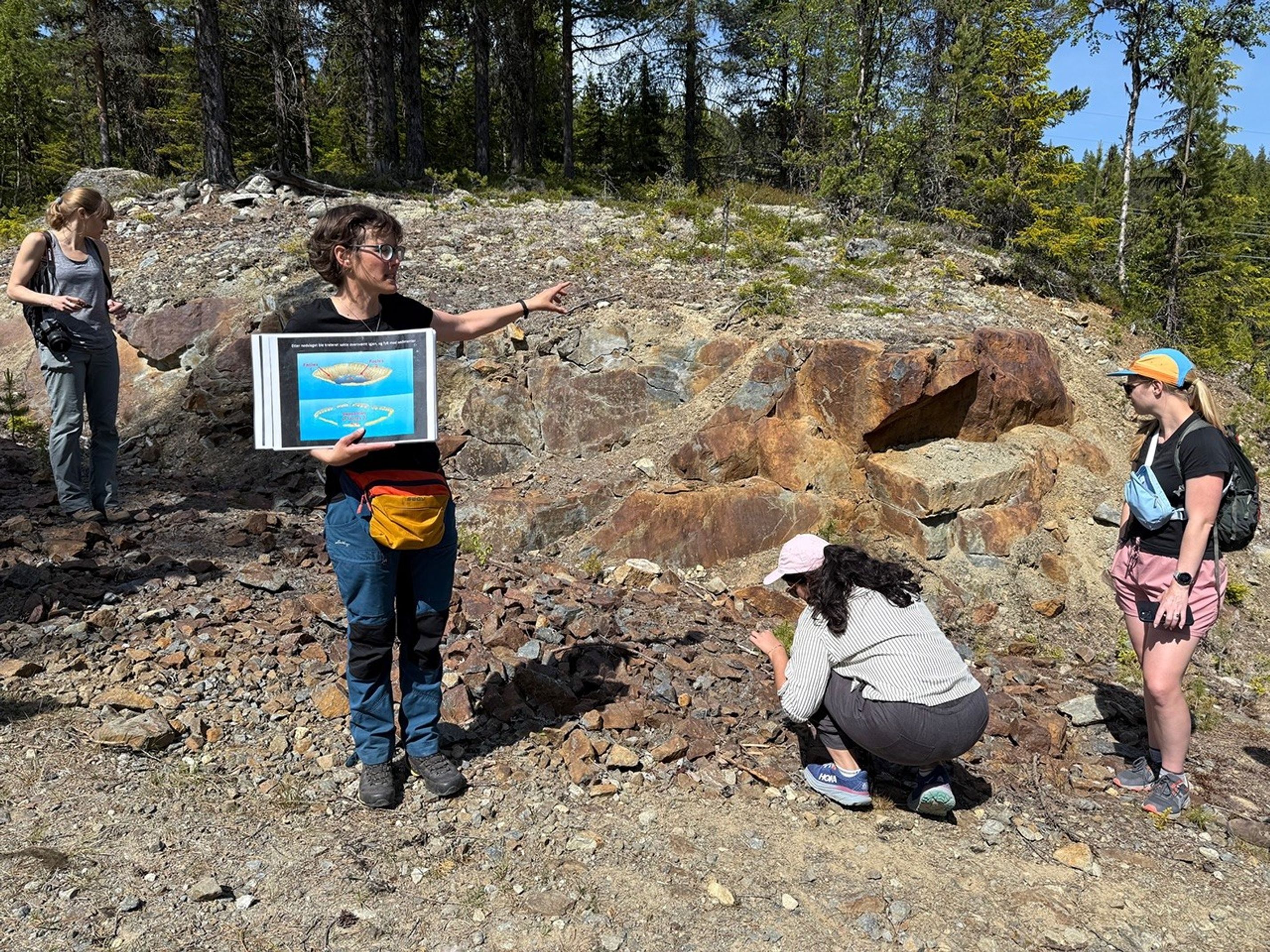Today all three USGS bloggers were on MSL operations! I wason duty as the Science Payload Downlink Lead (sPDL) for ChemCam, meaning thatit was my job to check all of the science data that we received to make surethe data lo
Today all three USGS bloggers were on MSL operations! I was
on duty as the Science Payload Downlink Lead (sPDL) for ChemCam, meaning that
it was my job to check all of the science data that we received to make sure
the data looks good and to do a quick analysis of the results. Lauren was the
Keeper of the Plan (KOP) for the geology theme group, meaning that she helped
put together the plan of geology tasks that the rover will do in the Sol
828-829 plan (a sol is a Mars day). And Ken was the Science Operations Working
Group (SOWG) chair, meaning that he led the SOWG meeting and made sure that the
plan satisfied the goals of the science team while also staying within the
constraints on power, data, safety, complexity, etc.
This morning was a little more "exciting" than normal because
bad weather on Earth caused a disruption in our downlink of data from Mars, so
for a little while it looked like we would not have any of the images from the
end of the drive to help us plan sols 828-829. (We can’t do much if we don’t
know what the rover’s surroundings look like!) It also meant that our ChemCam
data was missing. But in the end, the data did arrive so that I could assess
the ChemCam data and planning could proceed.
On sol 828, ChemCam will do a passive observation of the sky
to measure the abundance of different molecules in the atmosphere, and Navcam (the
navigation cameras) will take a movie to watch for clouds forming over Mt.
Sharp. Also in the morning block, Mastcam has a mosaic of the "Chinle"
outcrop to look at the fine-scale layering.
Later on the same sol, there are a series of observations of
Chinle by MAHLI (the Mars Hand Lens Imager – a close-up, high-resolution color
camera). These observations will look at the layers in Chinle from a different
angle and at a higher resolution than is possible with the mast cameras. While
the arm is out, we will also brush off the target "Pickhandle" on Chinle using
the Dust Removal Tool (DRT).
On Sol 829, Mastcam will do a routine "clast survey"
observation to characterize the loose rocks near the rover, and ChemCam will
run a diagnostic test of the focusing laser that has been acting up recently.
By Ryan Anderson -Ryan Anderson is a planetary scientist and developer at the USGS
Astrogeology Science Center and a member of the ChemCam team on MSL. Dates of planned rover activities described in these reports are subject to change due to a variety of factors related to the Martian environment, communication relays and rover status.
Written by Ryan Anderson, Planetary Geologist at USGS Astrogeology Science Center






























